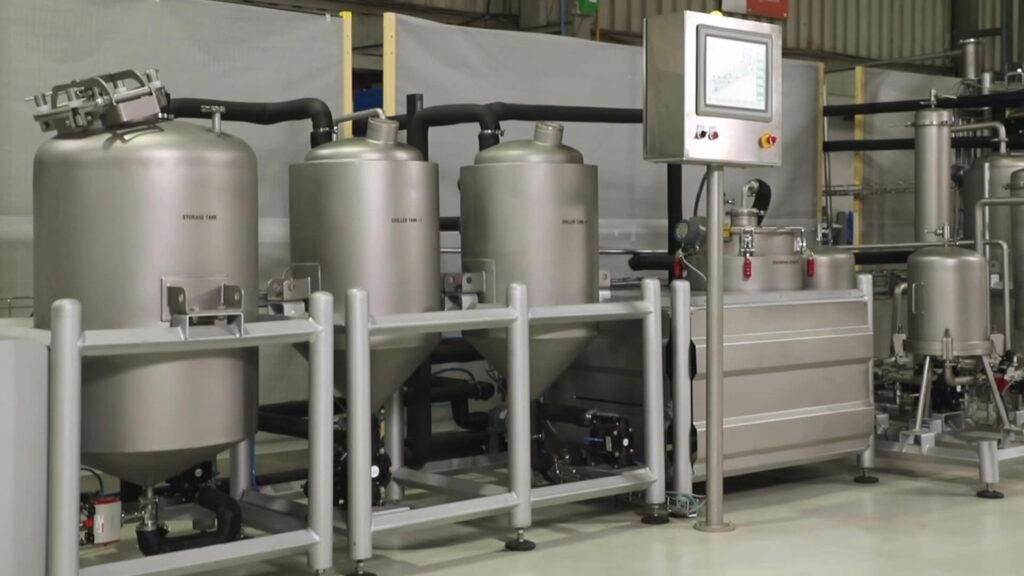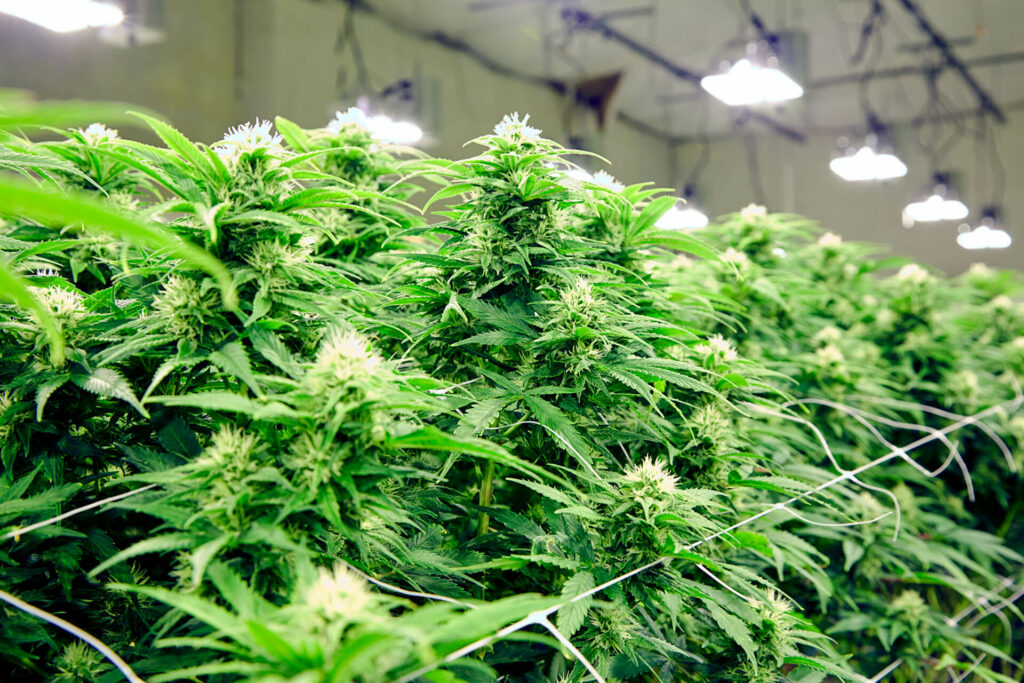Cannabidiol (CBD) and tetrahydrocannabinol (THC) are the most well-known cannabinoids. Part of the reason why cannabis is an ancient remedy lies in the health benefits of both. This is where the similarity ends.
While CBD is non-psychoactive i.e. it does not lead the user into an excited or intoxicated state, THC is. Which is why the law classifies cannabis with 0.3% or more THC by dry weight as marijuana, a narcotic. Cannabis with less than this amount of THC is hemp, a substance that is not a narcotic and is increasingly legal over the world.
Producers, therefore, look to maximize CBD in the extract while minimizing or even eliminating THC because some jurisdictions allow cannabis products only with 0% THC. Consumers also demand full spectrum products that include all ingredients in cannabis.
That apart, the extraction as well as the pre- and post- extraction procedures are geared towards retaining some amount of terpenes and flavonoids which impart a distinctive aroma and flavour respectively to the final product.
Among the methods used for cannabis extraction, Cryogenic Ethanol Extraction stands out (along with Supercritical Fluid Extraction) because of its capacity to extract the required products in relatively pure form.
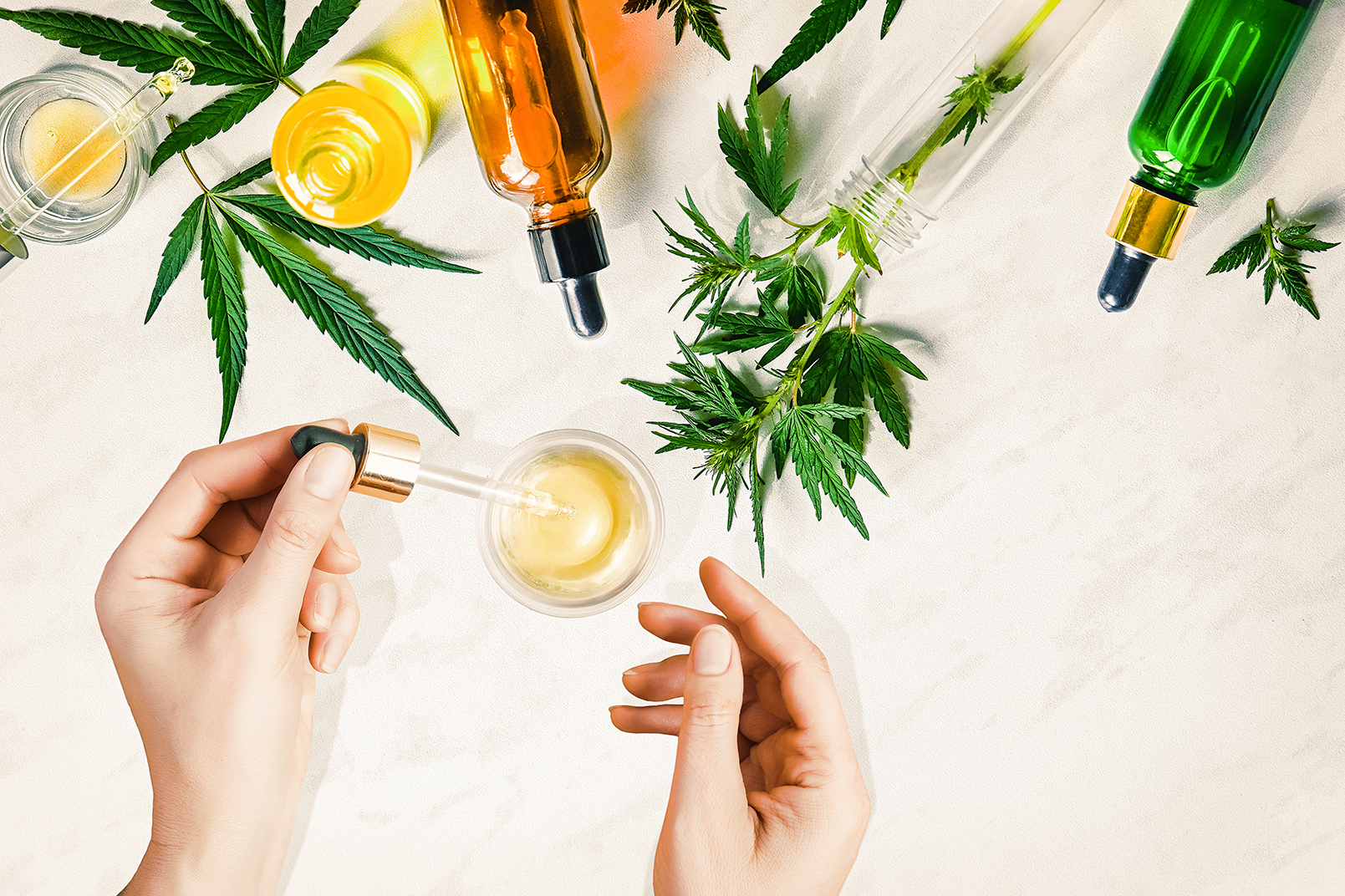

Cryogenic Ethanol Extraction
Temperatures between -150 to -273 deg-C are cryogenic temperatures. Such super-low temperatures transform a material’s thermal cum electrical conductivity, strength, and ductility. Materials are, therefore, in a highly ordered state at cryogenic temperatures.
This is how cryo ethanol extraction of cannabis proceeds:
- Chilling ethanol to -40 deg-C makes it cryogenic or cryo ethanol.
- Extraction of the required product (cannabinoids) by circulating cryo ethanol repeatedly through finely milled raw material (cannabis plant material).
- Centrifugation segregates the ethanol from solid biomass of raw material.
- Filtration removes the minute raw material particles from ethanol.
- Distillation evaporates ethanol away leaving the cannabinoids behind.
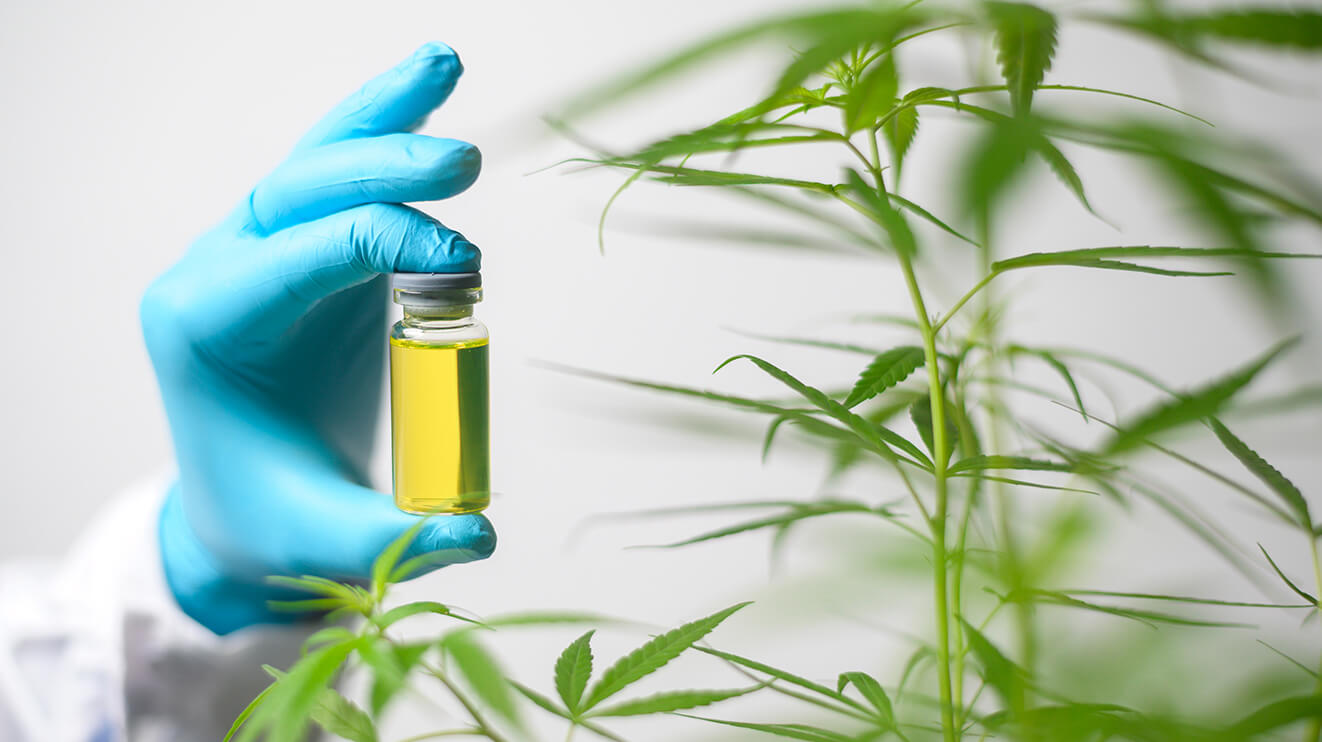
Following are the advantages of cryo ethanol extraction:
- Scalable: Available in multiple capacities, cryo ethanol extraction equipment enables manufacturers to rapidly upscale their operations.
With the UN removing cannabis from the list of most dangerous substances less than a year ago, cannabis extraction is bound to boom in the near future. This is where scalability becomes important. - Fast: Cryo ethanol freezes chlorophyll, waxes, fats, and lipids, which are then easily and quickly filtered out. Winterization is normally conducted after extraction to remove these impurities. Elimination of one post-extraction procedure speeds up the process.
Ethanol is polar by nature. Therefore, cryogenic ethanol dissolves only traces of the unwanted chlorophyll and polar waxes from cannabis plant material. - Safe: Ethanol’s boiling point is higher than that of butane, making it operationally safer. That apart, cryo ethanol extraction does not involve high pressures.
These features not only improve safety, but cut the costs too. - Economical: Ethanol is less costly than butane as a material.
Its higher boiling point means that it requires less demanding storage and safety setups vis-a-vis butane. This also lowers the licensing costs. - Extracted Products: Cryogenic ethanol extraction provides cannabinoids and terpenes, the desired products from cannabis raw material.
However, it does also extract pigments and unknown compounds which may not be required. - Standardizable: Cryogenic cooling is fast and yet controlled. This allows manufacturers to standardize the process, which is an important qualification to make it GMP compliant. GMP stands for Good Manufacturing Practice.
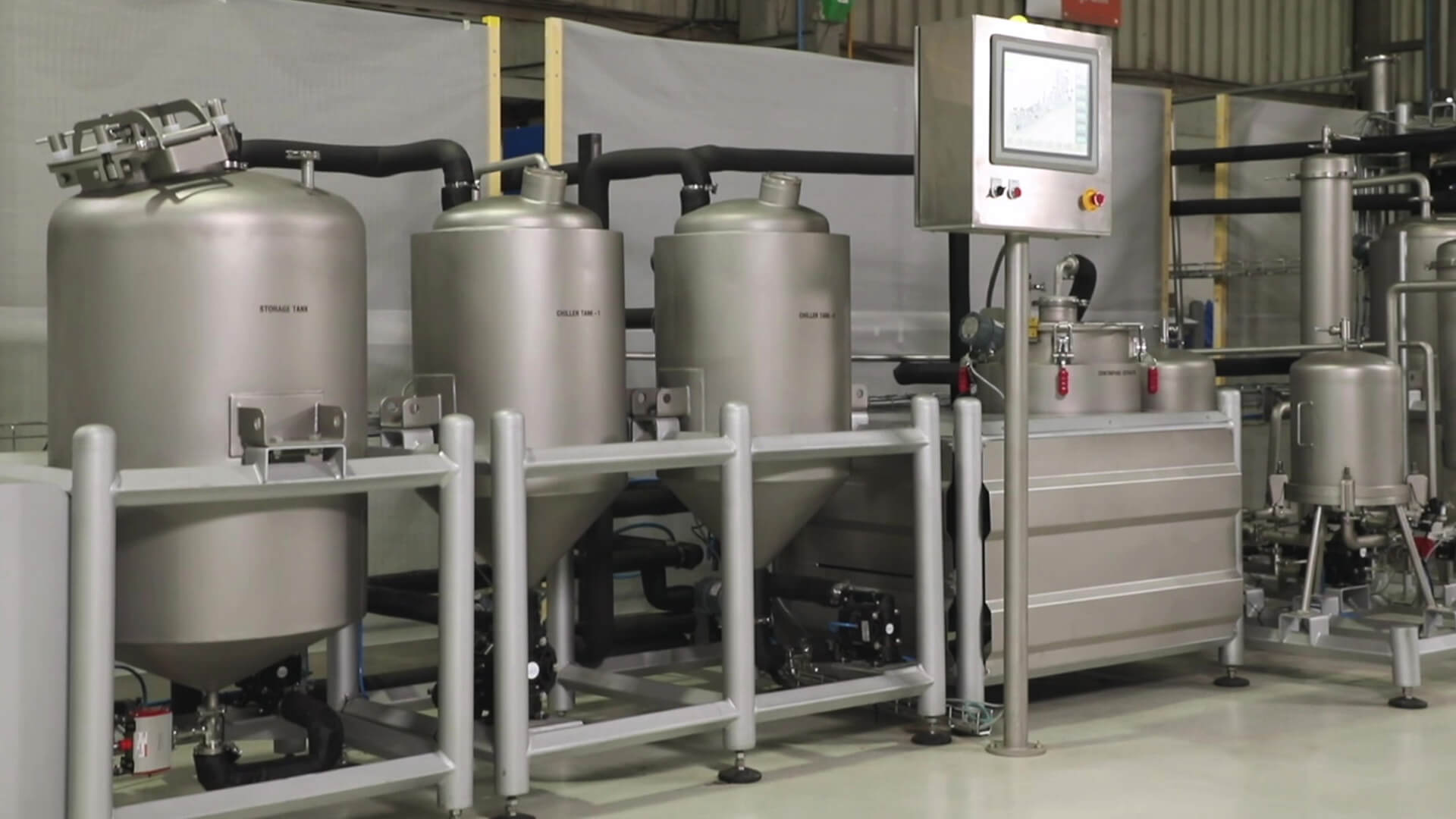

Supercritical Fluid Extraction (SCFE)
As the name indicates, SCFE uses a supercritical fluid (SCF) for the purpose of extraction. Numerous favorable features make carbon dioxide (CO2) the most popular SCF. Here again, the primary advantage is authentic or pure extraction.
Process path of SCFE is as follows:
- Raising the pressure and temperature of the fluid to above its critical pressure and critical temperature respectively makes it an SCF.
- SCF circulates through the raw material (say, cannabis plant material) placed in the high pressure extractor to dissolve the required products (say CBD, terpenes, and flavonoids).
- Gradually lowering the pressure of the SCF, while maintaining it in the supercritical state, till it reaches the separator pressure. Here, the products separate from the SCF and are collected.
Carbon dioxide is the preferred SCF for the following reasons:
- Low Critical Temperature of 31.1 deg-Celsius means that CO2 SCFE has a relatively low process temperature. This prevents the thermal distortion of heat sensitive products.
- Manageable Critical Pressure of 73.9 bar, which is not very high.
- Ample Availability at Reasonable Cost makes CO2 SCFE operationally and financially viable.
- Non-toxic & Non-inflammable nature of CO2 transforms into less stringent operational safety measures, which cut operational costs.
- Eco-friendly provided there are no CO2 leakages.
SCFE presents the benefits of:
- Purity is the main plank of SCFE, with or without CO2 as the SFC. In the context of cannabis extraction, such targeted extraction assumes greater significance - that of avoiding / minimizing THC in the extract.
The solvent power of the supercritical fluid i.e. its capacity to extract a certain product from the raw material is largely pressure-based. At a certain pressure, the SCF will largely extract one particular product.
If the SCF is at a pressure set to extract CBD, it will extract only traces of other products such as THC. While it is possible to eliminate THC during post processing, SCFE minimizes the effort, time, and cost of such refining. - Broad Range of Extraction as changing the pressure enables extraction of another product from the same raw material and in the same batch.
In the SCFE of Acai Palm, the SCF extracts:
○ Phenolic phytochemicals at higher pressures of around 350 bar; and
○ Anthocyanin from the same pulp at lower pressures of approximately 220 bar.
Needless to say, this remarkably improves operational economics. - Extraction of Thermally Sensitive Compounds such as CBD. The low critical temperature of CO2 is an when extracting:
○ CBD
○ Essential Oils
○ Flavours & Fragrances
○ Hops
Alternative methods such as hydro- and steam- distillation use heat for separation which distorts the product. - Eco-friendly as CO2 is recirculated in the leak-free system. Moreover, supercritical fluids do not deplete the ozone layer as some organic solvents do, solvent extraction being an alternative method.

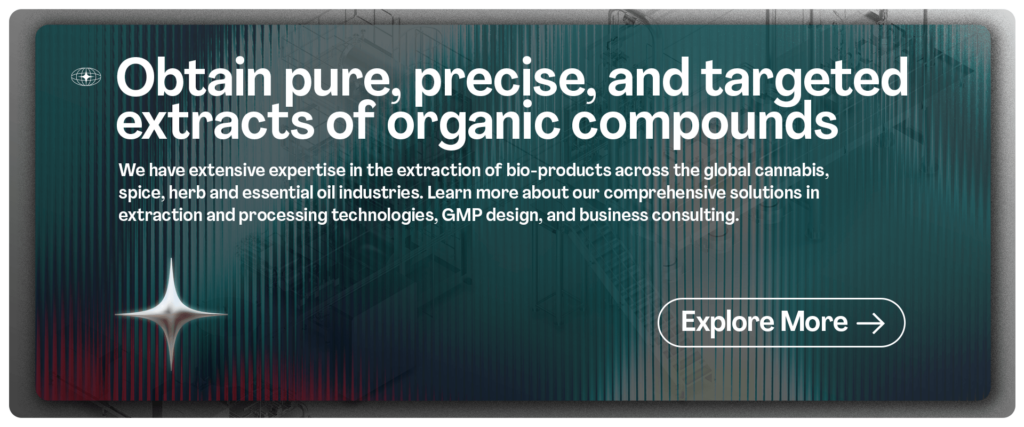

References
- AZO Nano, “What is Cryogenics?”, Benedette Cuffari, 2018.
- Encyclopaedia Britannica, Cryogenics.
- Maratek, Cryogenic Ethanol Extraction Equipment for Extracting Cannabis Oil, 2020.
- Process Cooling, BNP Media, Cryogenic Solutions for Compliant Industrial Hemp Processing, 2020.

